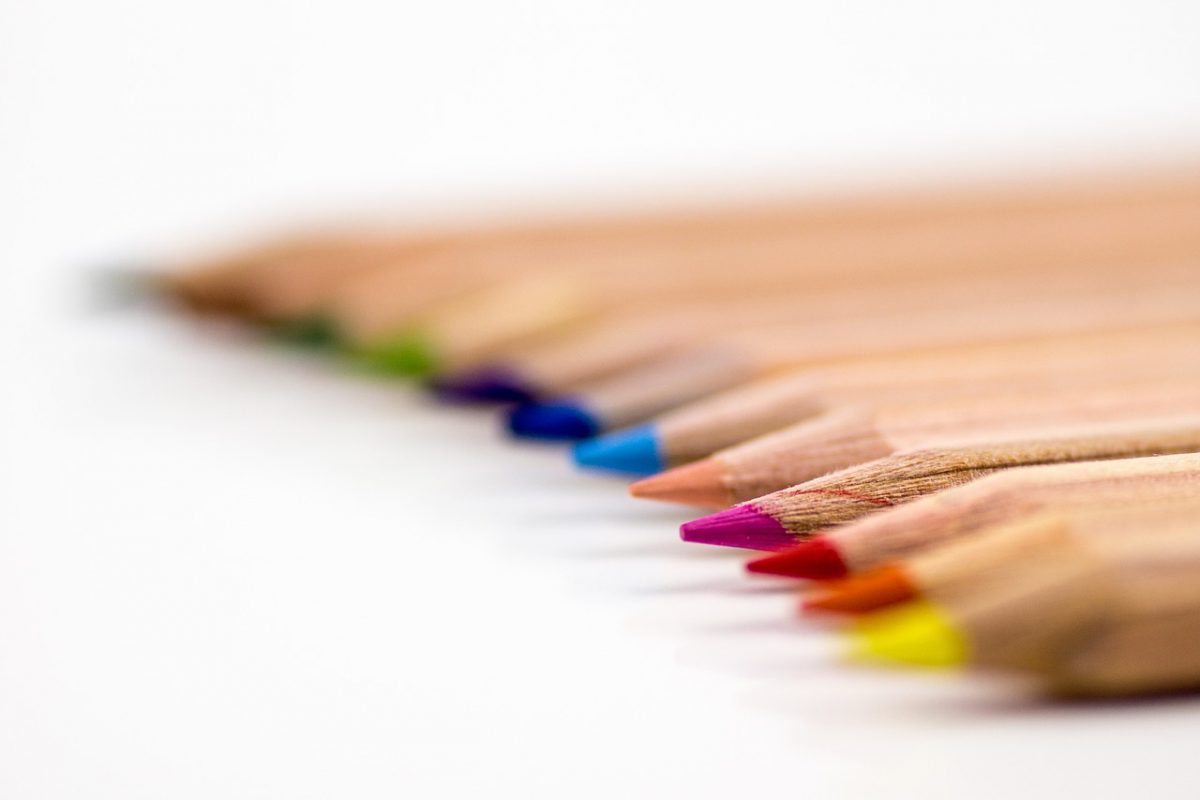Emotionally Purposed Designs can drive users into either loving or hating a product. These designs can also make their users feel more comfortable with their decision. Design and emotion sometimes go hand in hand. Which is why seasoned designers are not as married to projects as newer designers. Because emotion driven design also affects designers and what they produce.
The Purposed Driven Design Process
In the early days of my design career I would get involved with the work I would do. Until I realized I worked at a production design shop. And the best advice my supervisor gave me was,
“Don’t get attached to the design, or you won’t last long here.”
He wasn’t being mean, it was a truth I needed to hear. Customers sometimes don’t know what they want. As a designer you have to interpret what they want. Or what they are thinking with very little information. It’s this way because sometimes words are hard to come by to describe what you are thinking. As a designer you bond with that experience of molding something from nothing. Furthermore interpretation sometimes gets lost in the indecisiveness of the customers conversations later. This is because they are learning as they go with you.
As the customer learns more, the design needs may evolve or change. As a designer if your emotions are not in check, then the design process will not be either. Then the project could go off the rails or end.
Emotional Reactions in Design
Emoji’s are a more playful way to express written word with emotion. Believe it or not, choosing which ones for Facebook was a big deal. Too many options and you could have a culture of chaos and confusion between “happy” and “meh” could occur. Nonverbal cues can be more powerful than spoken ones. Facebook elevates users ability to emotional respond to content. They take users beyond a “like” which can be ambiguous.
Creating content that has a specific tone, color and layout can create reactions in users. I’ve been frustrated more than once before using a website. Only to have what I call “page jerking” because ads are loading as I’m trying to read the article. Don’t interrupt my reading of spoilers on Justice League man.
Also, bad layouts mean I have to “think” about where I want look in the website. The first cardinal rule is broken at that moment in the design. Because now I’m frustrated and not happy and have to think. Thus, it’s obvious that is not the designs intentions. But that is what happens.
Design is about solving problems
Designing for emotion is not always a part of the solution. Much like designing from emotion. Designs can have a deep emotional impact on users though. For example, Non-Profits should be aware of this since most ask for donations online. If I’m not pleased by my eyes with what I’m interacting with, I’m not making a financial decision with it.
Designing for emotion is not creating things out of a complete vacuum either. There’s more science there than you would expect. Pouring cheap wine into a expensive looking glass may make it taste better, but it’s still cheap wine. Knowing your audience is paramount to proper design. It’s a method that takes practice and is a profession that still doesn’t get recognition much.
Finally not all design is useful but can leave an impression
I read a book on emotional design once and in the prologue the writer spoke about his teapot collection. The thing that stood out to me was that he had teapots and that one of them were not useful. Regardless though he liked how it looked and it’s creators meaning.
Out of all the teapots I thought why keep that one that you can’t brew tea in? But it’s not my teapot collection. And I’m not a tea person. So in the end it doesn’t matter. He likes it, and that’s good enough. If I were the designer that made it I would be proud that one person “gets” it. But in a consumeristic world where there are bills to pay. I would bet that I would be making tons more teapots that worked. And other ones that didn’t for my own pleasure.
Taste is not something you can measure like emotion. And sometimes emotions influence taste or visa verse. But in the end if you are designing something to have a purpose. Then it should evoke positive emotional responses and be useful.
What designs have you seen online or off that you had a emotional response to that made you react or take action? Share in the comments below.
Resources:
http://moodnotes.thriveport.com/
https://www.wired.com/2016/02/facebook-reactions-totally-redesigned-like-button/

